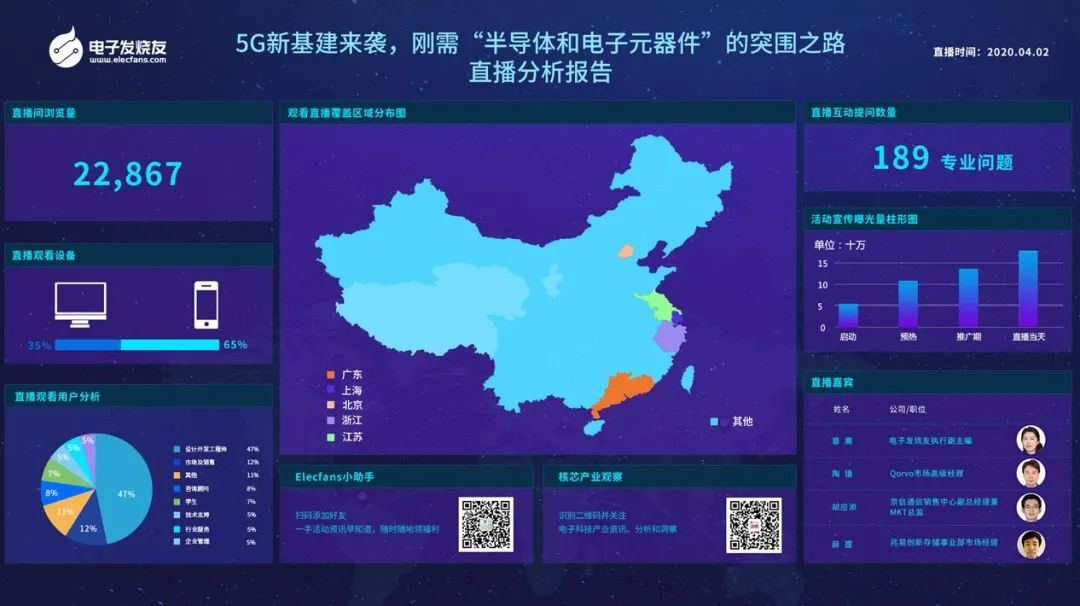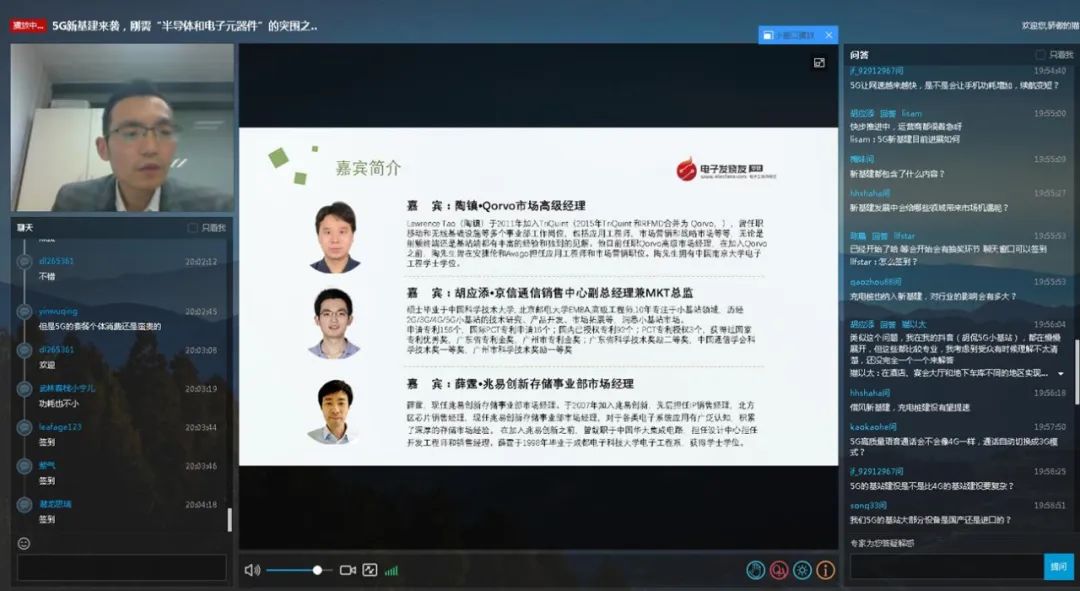




-
Global 1.35 million confirmed cases! Work stoppages, unpaid leave, and salary cuts, enduring the cold winter!
-
Face photos with masks traded for 0.2 yuan each! How to ensure security applications in facial recognition?
-
Huawei invests 66 million in China Electric Instruments, will the domestic testing instrument landscape change dramatically?
-
Dissecting Huawei P40: “De-A” strengthening, further domestic production.
-
Active noise reduction and enhanced sound quality, the future direction of TWS earphones.